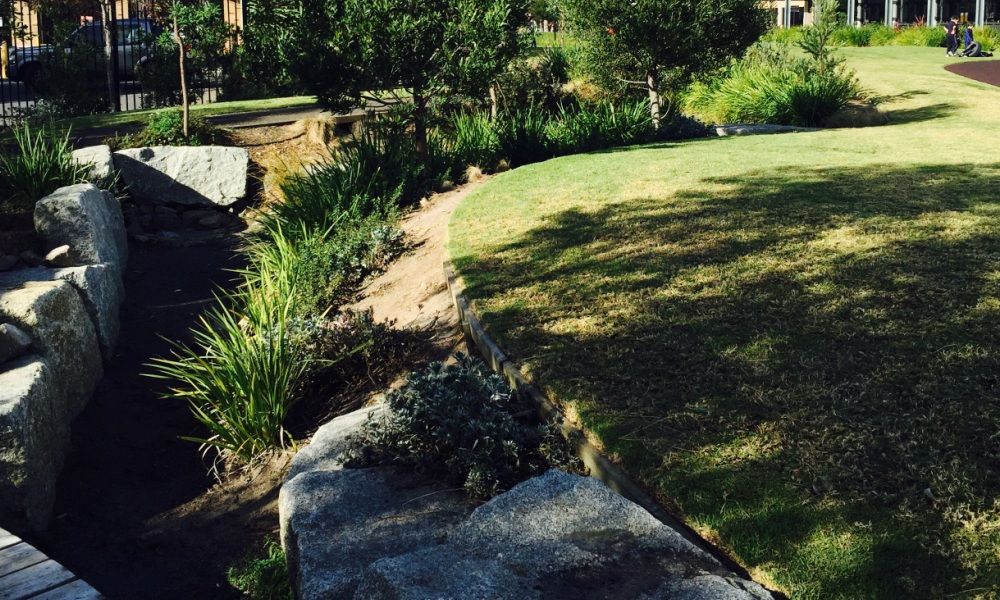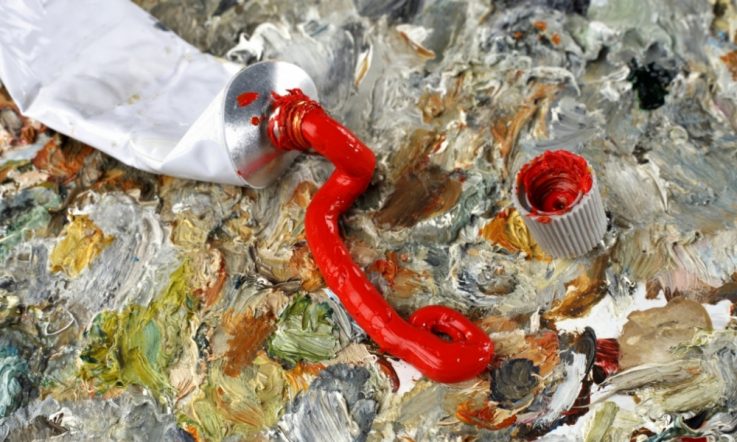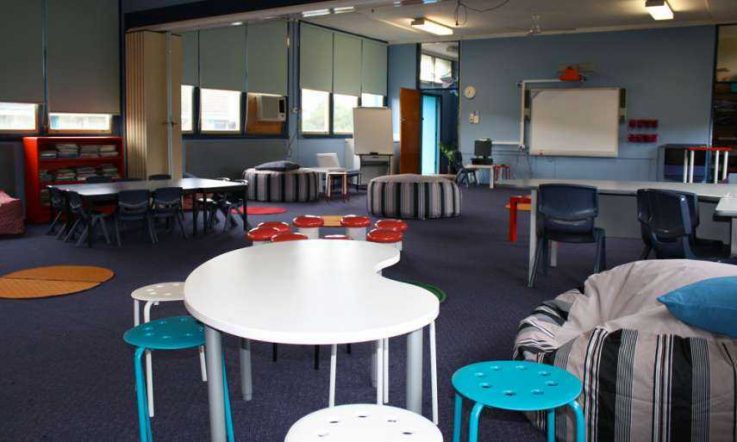As part of ACER's Rolling Summit on assessment reform and innovation, Teacher is following Bialik College on its professional learning journey through a bimonthly series written by the school's Director of Learning and Innovation, Fiona Gordon.
In the third instalment, Gordon discusses how allowing students to construct their own knowledge can create both subtle and significant change.
At Bialik College teachers are provided with frequent and necessary opportunities to visit classrooms, to see students learning in a range of environments, to think about practice, and to wonder how teachers in other sub-schools are solving their puzzles.
Processes for professional learning conversations, both formal and informal, are being built into our professional learning. Sharing a puzzle can create both subtle and significant change in our classrooms.
After a successful introduction of Learning Walks with the senior leadership team last year, this semester we are doing it again, only with Bialik's Heads of Department involved.
This one-hour experience allows a team 40 minutes to visit three or four classrooms to observe using specific research questions. Observations are immediately followed by 20 minutes of discussion, development of feedback and goal setting. This is another way we can encourage this process of seeing, thinking and wondering.
David Perkins in Making Learning Whole (2010) suggests, ‘Most of the time learners may be micromanaged passengers, doing what they are told. Because they do not have to take any driver's responsibility for their learning, they do not learn much about how to drive the route themselves.'
In our curriculum meetings, we often discuss how we can allow students to drive their own learning, and to construct their own knowledge. For instance, in a Friday evening musing on ways to encourage students, especially girls, to be more involved in STEM subjects (Science, Technology, Engineering and Mathematics) with Head of Science, Colin Hopkins, I suggested that they flood the dry creek bed on the North Lawn.
We wondered if we could make this project a whole-school centrepiece for Science Week next year. I envisaged children from the Early Learning Centre racing boats and the middle school students inventing pumps and engaging with fluid mechanics and hydrology.
To achieve this vision, we enlisted the Head of Bialik's Rosenkranz Centre for Excellence and Achievement, Caity Faiman, to lead a team of keen middle school students. We gained support for the project through CSIRO's Scientists in Schools program. We also benefited from our relationship with Professor Sarah Kentish, Head of the Department of Chemical and Biomolecular Engineering at the University of Melbourne, who also leads Bialik's gifted and talented programs.
This year's project began with two visits to the University of Melbourne, where our students have worked with student tutors from the Engineering Department in building renewable energy rigs that are used by that department. On the first visit, we were excited that the experts who spoke with them were all women who were passionate about STEM.
The students are now grappling with how to pump the water and how to stop the leakage when they flood the dry creek bed next Science Week. The wondering has been passed to them and the assessment will be authentic when they find a solution to the puzzle they are exploring.
Flooding the dry creek bed in the playground is analogous to our approach to assessment reform. When we can see an opportunity, we can think about what's possible and then wonder how to make the possible a reality.
References
Perkins, D. (2010). Making learning whole: How seven principles of teaching can transform education. John Wiley & Sons.



